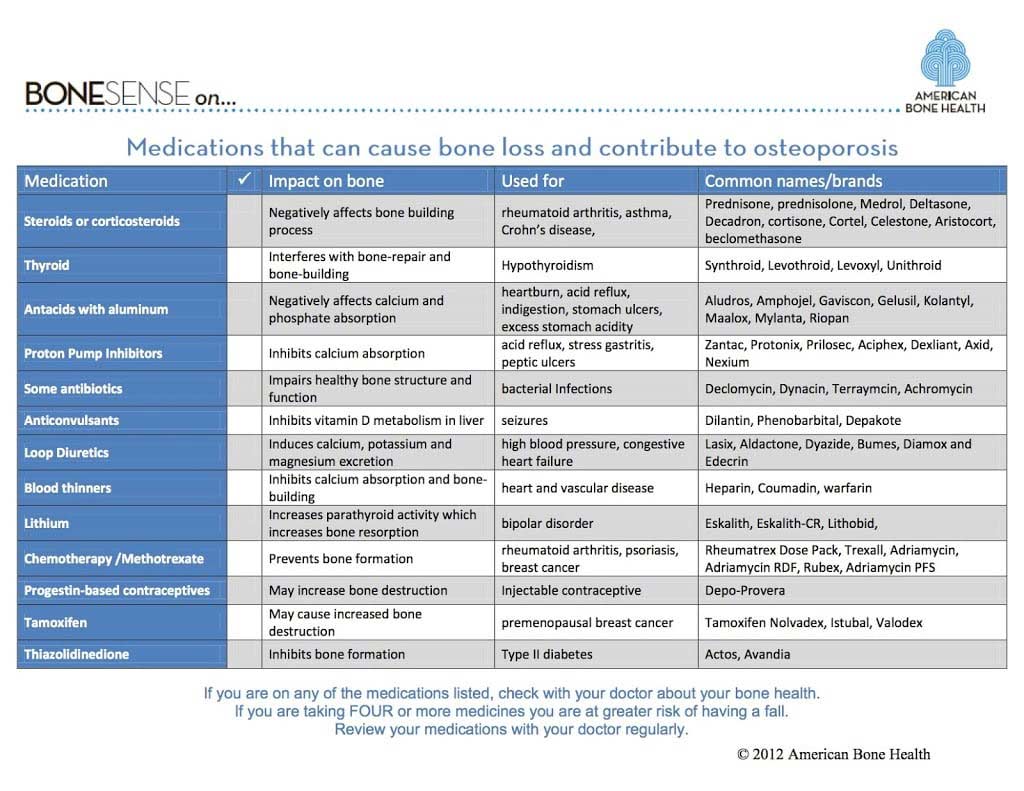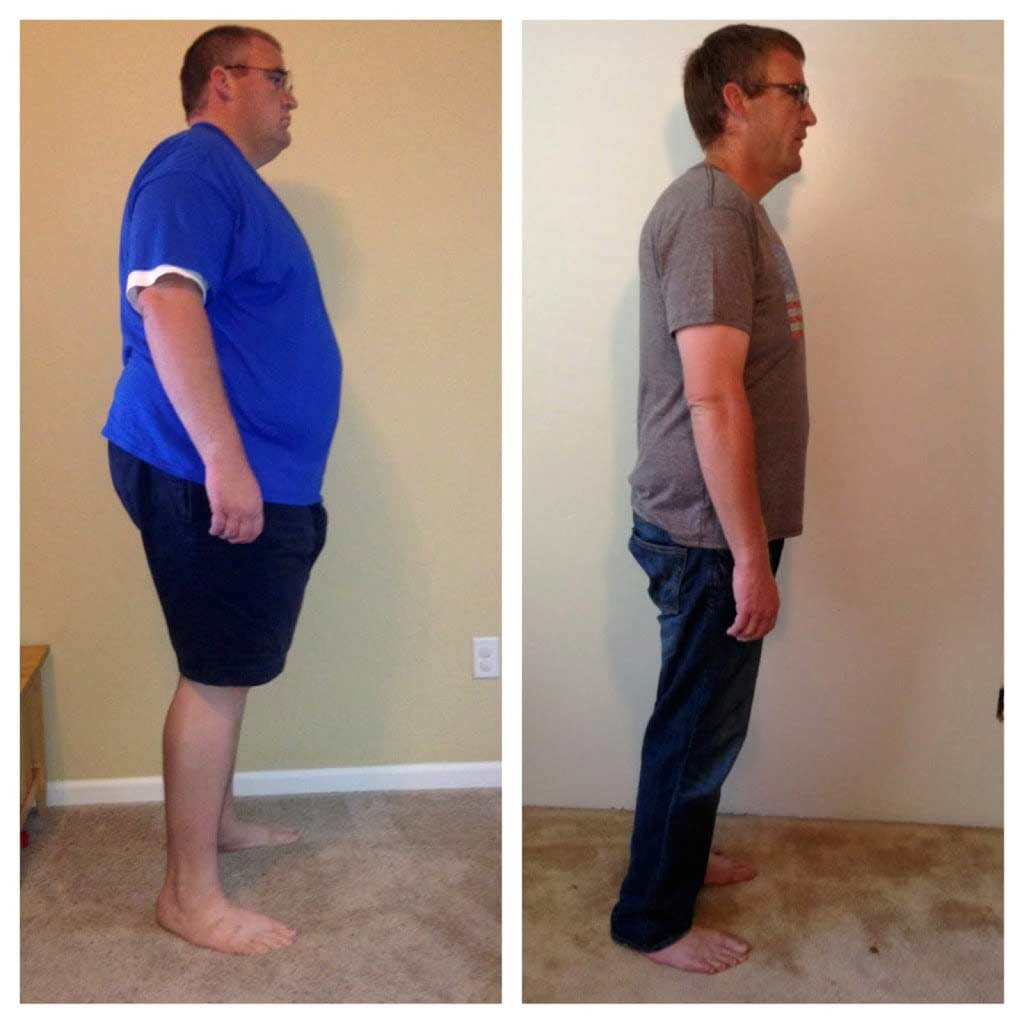Category: Duodenal Switch
Medications that negatively affect bone loss and contribute to Osteoporosis (Moved)
March 31, 2015 4:07 pm
An Example of Medications that may cause bone loss
It should be noted that this list is NOT all inclusive and gives the type of medication but does not list all the medications in that category that may affect bone health. I would also like to point out that the Proton Pump Inhibitor labels should probably be changed to “Acid Reducers” as reducing acid is the issues. https://americanbonehealth.org
“Obesity Docs Should Consider Duodenal Switch”
March 10, 2015 3:10 pm
Obesity Doctors Should Consider Duodenal Switch
by Dr. Ara Keshishian
Recent article published on MEDPAGE.com
Shared Success Story- Brad P.
January 29, 2015 9:53 pm
Congratulations Brad on all your success and weight loss! You have accomplished a remarkable transformation!
Nearly 16 years Post DS
January 29, 2015 3:24 am
2015 Back on Track or A New Start after Weight Loss SurgeryExclusive Member Content
January 08, 2015 8:37 pm
Hernia Repair And Weight loss surgery
December 22, 2014 3:35 pm
Patients having weight loss surgery (WLS) either primary or revision are sometimes also diagnosed with having a hernia. Whether a hernia can be repaired concurrently with WLS or not, depends on the type of the hernia and also type of weight loss surgery.
The 2 most common hernias encountered in weight loss surgical patient’s are 1.Ventral (incisional), or 2. Hiatal hernias. Ventral hernia refers to defects or weaknesses of the abdominal wall. If this involves a previous midline incision then an incisional hernia is diagnosed. These hernias may present with any or all of the following findings; protrusions or bulging of the anterior abdominal wall tissue through the abdominal muscle cavity, abdominal pain, and nausea and/or vomiting.
Hiatal hernias are located inside the abdominal cavity at the junction of the esophagus and the stomach at the level of the diaphragm. This condition is where the upper portion of the stomach this is usually located in the abdominal cavity has migrated through the esophageal hiatus into the chest cavity. These hernia’s usually present with reflux, episodes of nausea and are quite frequently seen in patients with experienced complications of the LAP-BAND.
The surgical treatment of these hernias are very different:
Ventral hernia repairs may require mesh placement. There are different mesh products that are available. Some are made with non absorbable material and other are absorbable- biologic material that last long enough to allow incorporation by the patients own tissue. In general, when a mesh is used, the incidence of hernia recurrence goes down significantly. However, there is an increase in complications associated with the use of mesh. These may include infection of the mesh, indications of synthetic material, and serum and rejection indications of non synthetic material. To add another layer of complexity, when the hernia is encountered at the time of weight loss surgery, especially when the GI track has to be opened ( in the case of duodenal switch, revision from a failed gastric bypass with a duodenal switch) then it is recommended that no mesh be placed because of the high incidence of mesh infection or the associated complications. In extreme cases where the abdominal wall cannot be closed, biologic meshes may be used with the understanding that a repeat hernia repair may be required at a later date.
In my practice, Hiatal hernias are always repaired at the time of the weight loss surgical procedures. Depending on the type of the weight loss surgery the patient has had previously, the type of the hernia repair, and whether or not a mesh needs to be utilized, and the amount of stomach and fundus remains for the repair, will dictate how the Hiatal hernia is repaired.
Additional information regarding hernias in a newsletter.
Holiday Survival Tips by: Marylin Calzadilla, Psy.D.
November 17, 2014 8:23 pm
REFLECT
SUPPORT, SUPPORT, SUPPORT
ALLOWANCES
KEEP ACTIVE
CREATE
PLAN ACTIVITES
Marylin Calzadilla, Psy.D
Shared Success Story: Krystal U. Had a LapBand to Duodenal Switch Revsion
November 13, 2014 6:23 pm
Another amazing and emotional success story by Krystal Unruh. Krystal we celebrate you and your successful LapBand to Duodenal Switch revision. Thank you for sharing with us all.
Shared Success Story: Patricia Y. Had a LapBand to Duodenal Switch revision
November 04, 2014 3:16 am
Patricia’s success story is truly inspiring and emotional. Please take a moment to celebrate her success by watching video about her journey and revision from LapBand to Duodenal Switch. Thank you Patricia for sharing you journey with us.
Laboratory Blood Specimen Collection Change
October 30, 2014 5:20 pm

No one likes surprises at the lab when you are about to get your blood drawn. The picture above is of the older vacutainers blood specimen tubes and a new type of tube that is being introduced. There is currently a change over of blood specimen tubes in laboratories across the country. Locally we are seeing the use of SARSTEDT tubes/syringes. This change over is for several reasons. First and foremost is to reduce blood bourne pathogen exposure due to needle sticks and tube breakage. However, these blood specimen tubes offer some additional benefits, especially to people who frequently have lab draws. One of which is the ability to use aspiration of the specimen to decrease the incidence of hemolysis. Hemolysis skews laboratory studies and damages the red blood cells in the collected specimen causing the need for repeated testing. Aspiration is also easier on fragile veins due to the decrease pressure versus vacuum. The SARSTEDT tubes are versatile in that they can also be used as a vacuum tube if needed.





